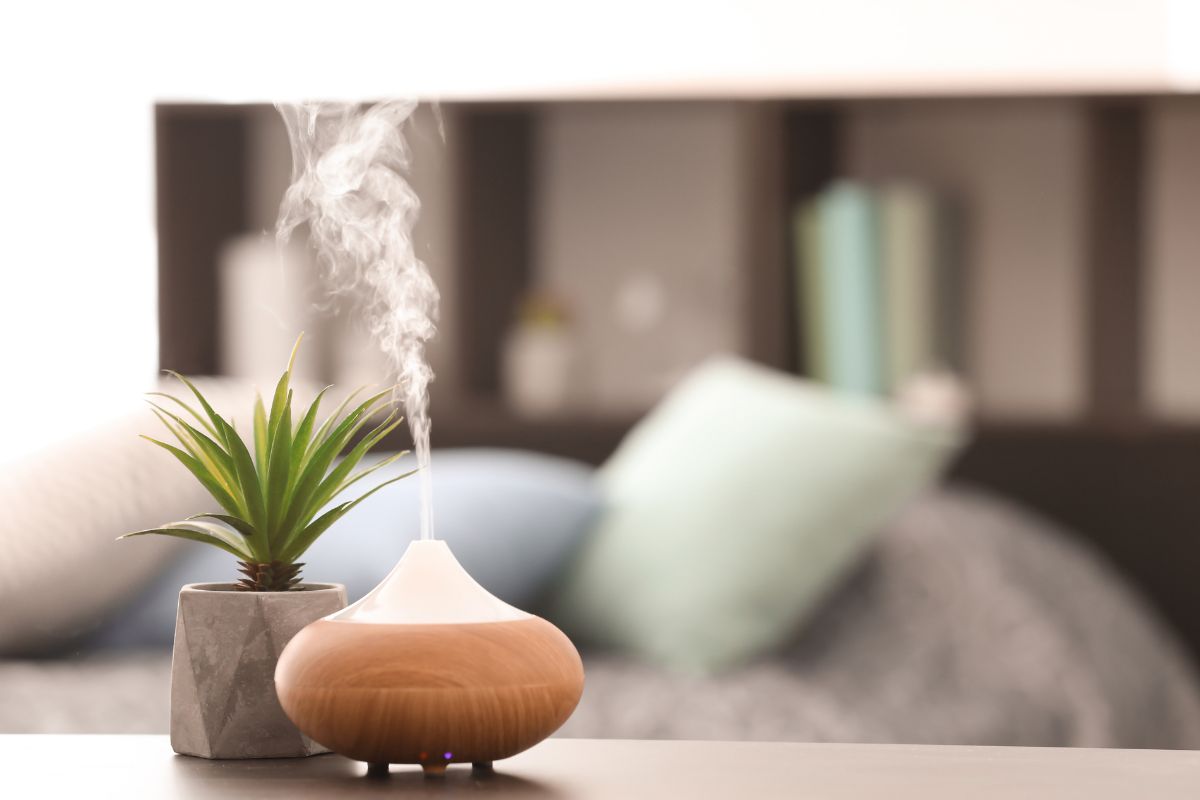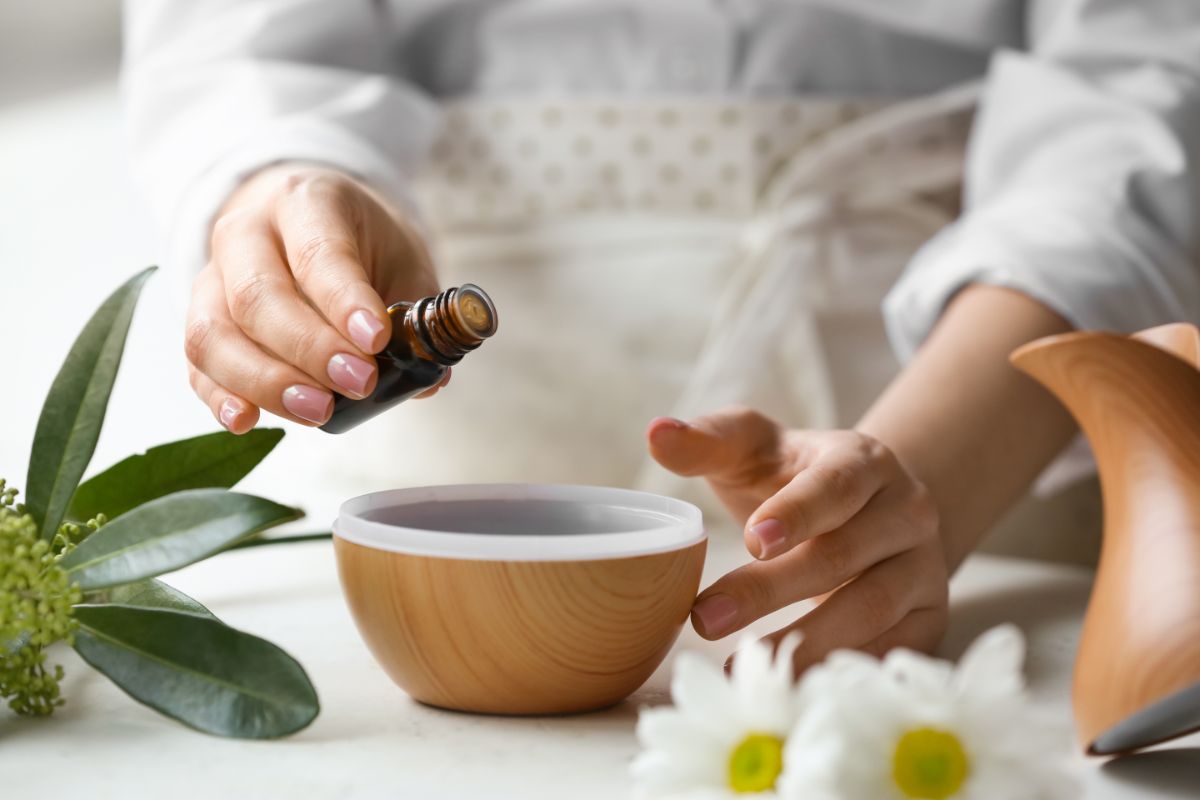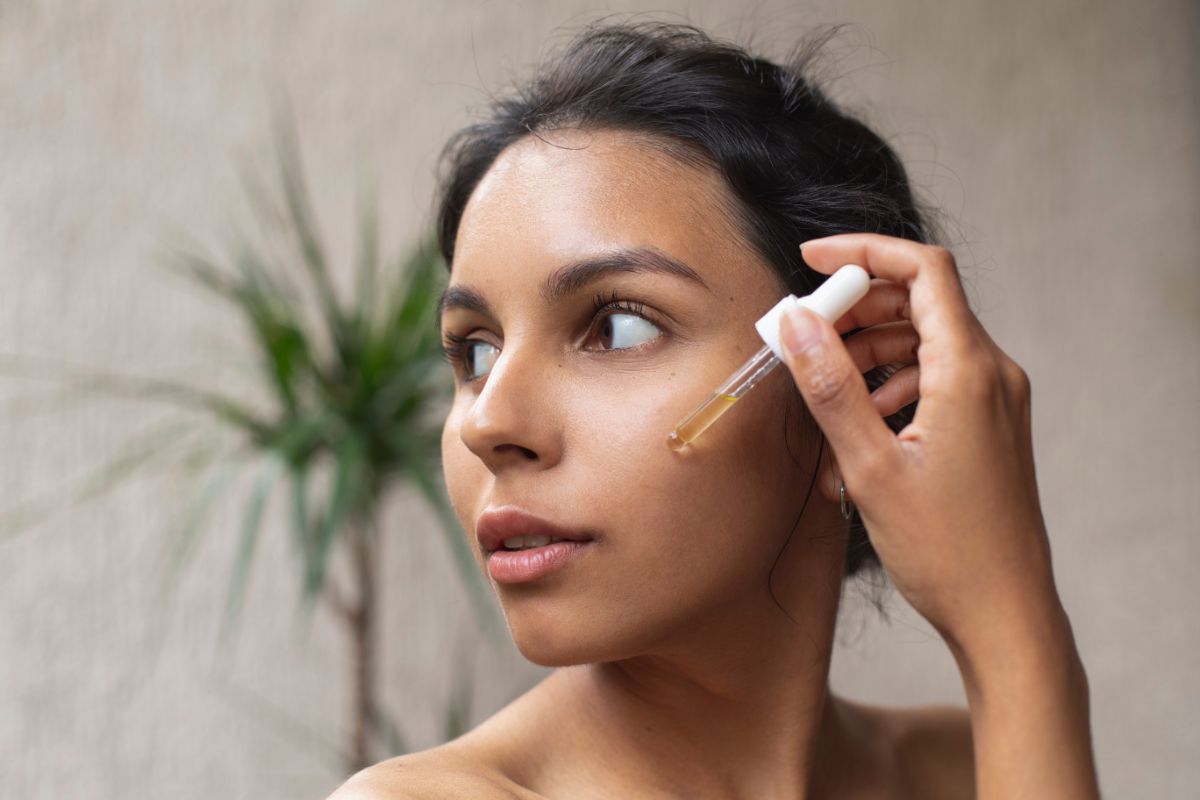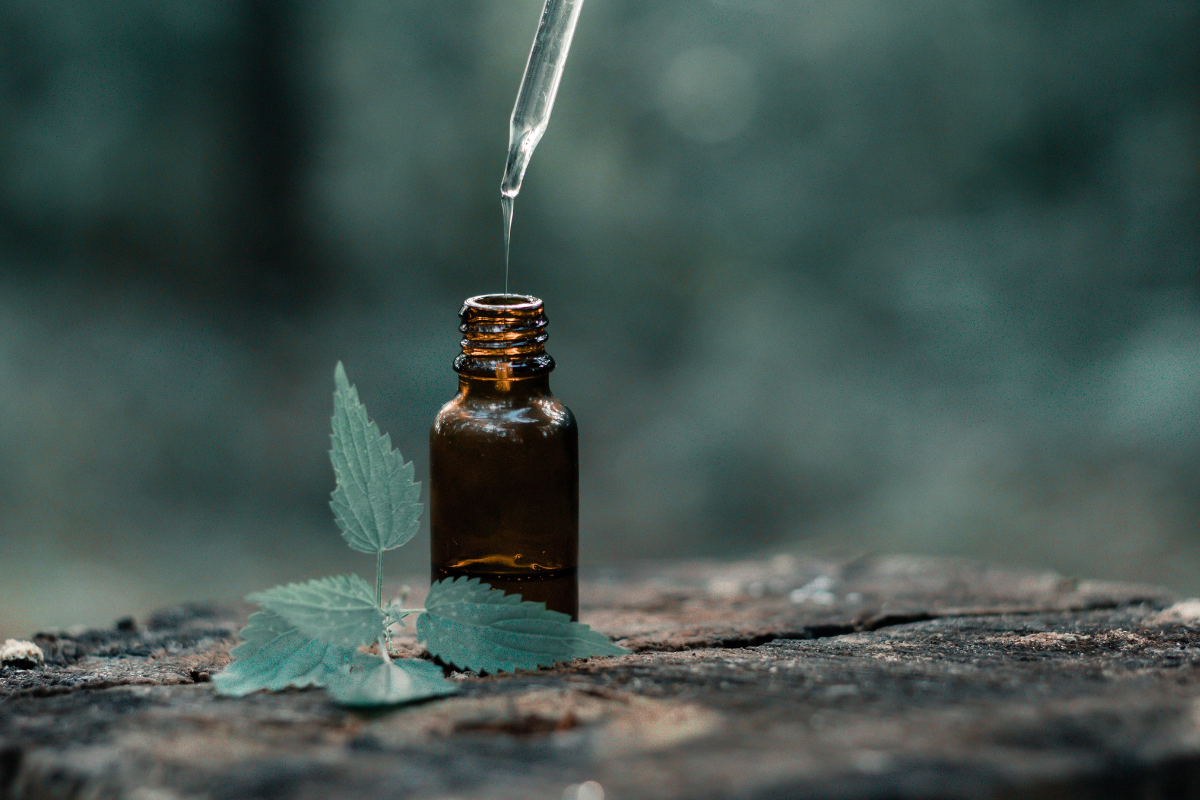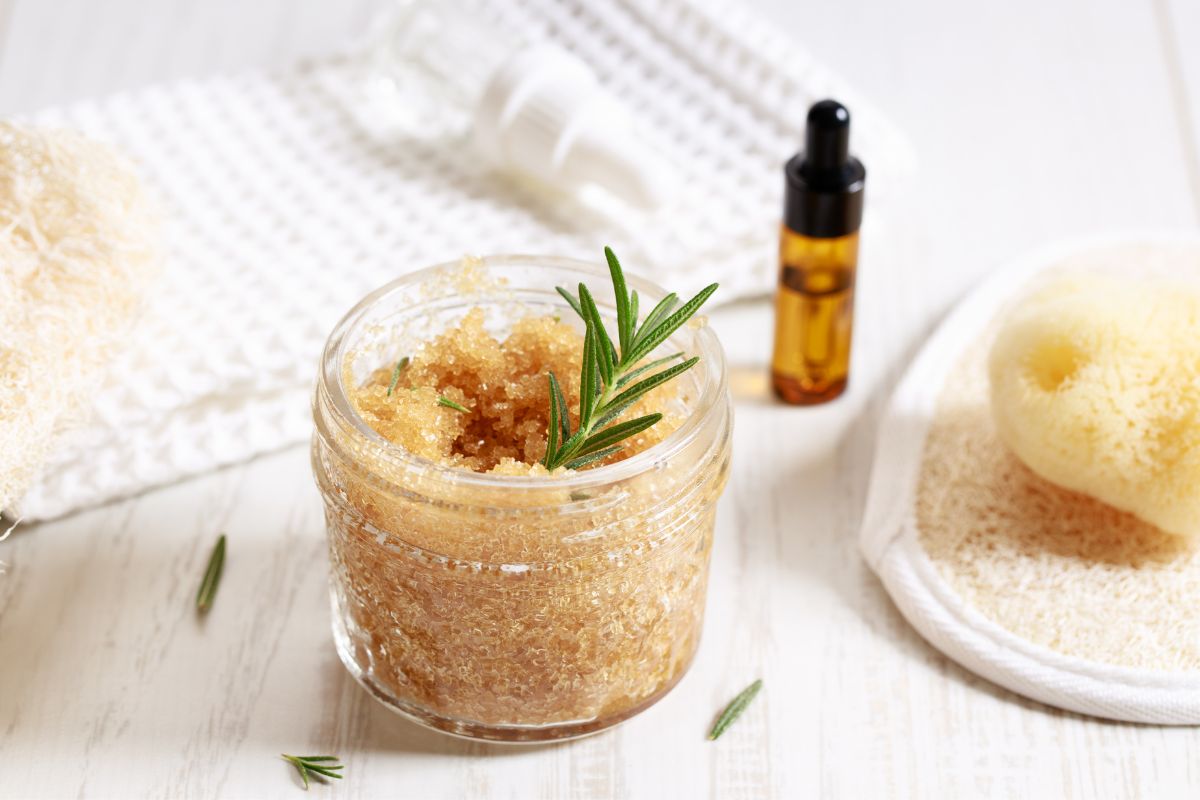Do you want to make your own blends for your reed diffuser but aren’t sure what carrier oils to use? Maybe you have made blends in the past and they haven’t succeeded?
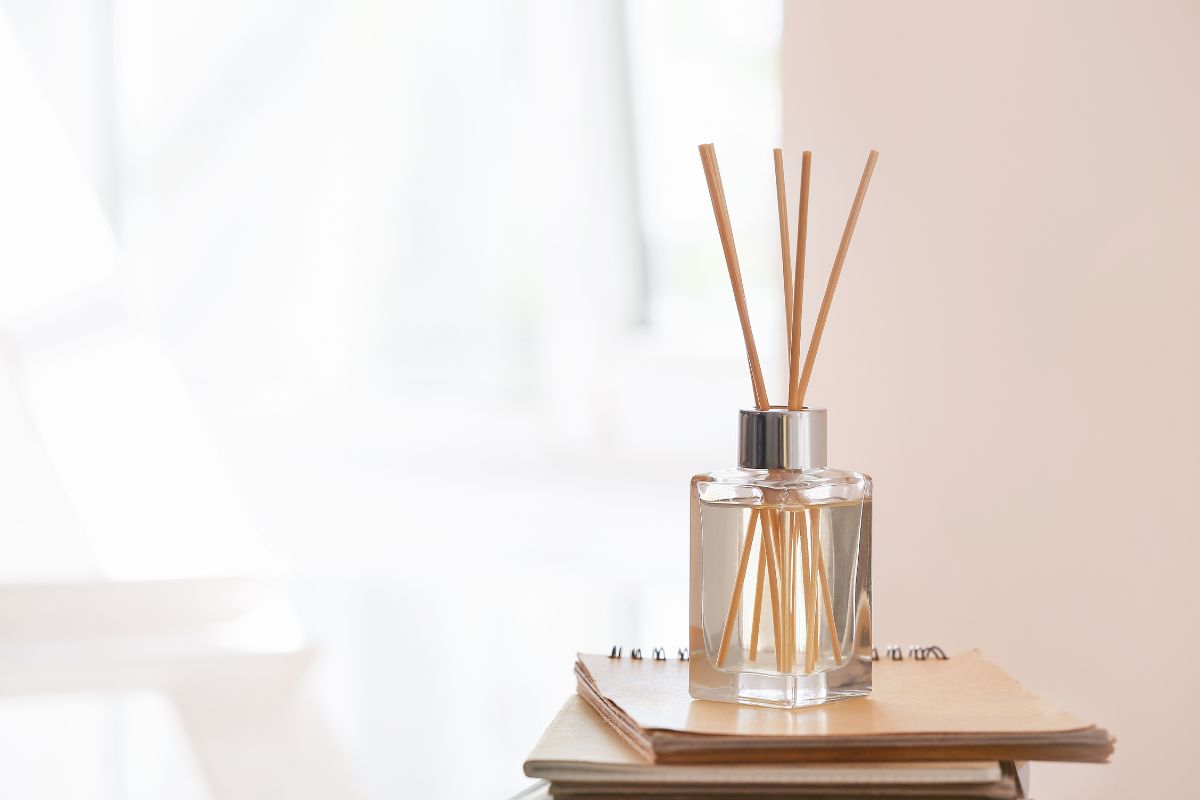
Or are you curious about carrier oils and want to know more? Regardless of the question that brought you here, we have the answers for you!
Knowing what the best carrier oil for reed diffusers can be tricky, especially if you have never made your own oil blend before.
You head online for some guidance but are met with pages and pages of conflicting and contradicting information. Frustrated and disappointed, you are left unsure where to turn or who to trust.
Well, no more! Today, we are here with all the information you need! Keep reading to find out everything you need to know about carrier oils, reed diffusers, and how to choose the best carrier oils for reed diffusers!
What Is A Reed Diffuser?
Before we dive into today’s article, let’s have a quick recap for those in the room that need it. Reed diffusers are usually a glass jar that is filled with essential oils or fragrance, mixed into a base solution. Sticks or rattan reeds are then placed in the jar to soak up the fragrance.
The scent travels to the top of the sticks and is emitted into the air, transforming any room and giving off a pleasant smell! You can purchase reed diffusers in practically any scent from fresh laundry to cherries.
You can also make your own reed diffusers, allowing you to create a scent that is tailored to you!
Ultrasonic Diffuser Vs Reed Diffuser
There are a few differences between ultrasonic diffusers and reed diffusers. If you are torn between the two, let’s take a quick look at the differences now to help you decide which one is right for you!
- 100ml reed diffusers usually last up to a month. You can, however, extend their lifespan for up to four months.
- Reed diffusers require no electricity, fans, heat, or machinery, compared to ultrasonic diffusers.
- Ultrasonic diffusers need regular cleaning to prevent corrosive oils from damaging the plastic components. Reed diffusers are low maintenance and incredibly easy to make and design yourself!
- Reed diffusers offer a consistent stream of scent. You don’t need to worry about turning them on or off.
- Reed diffusers also tend to be a cheaper option. Ultrasonic diffusers can be expensive, and cheaper alternatives tend to not be worth the time!
How To Make Your Own Carrier Oil-Based Reed Diffuser
DIY reed diffusers are pretty similar to store-bought ones but at a fraction of the price! Why not try and make one yourself? It’s incredibly easy to do, and we are here to walk you through it! We have a step-by-step guide coming up shortly!
What You Need
You will need the following items to make a natural reed diffuser oil
- A fragrance grade Dipropylene glycol or base carrier oil
- Essential oils or a synthetic fragrance
- Perfumers alcohol to thin the diffuser oil
Once you have these items, you can move on to the actual diffuser itself. For which you will need the following.
A Container
This will hold the oil for your diffuser. We recommend using a bottle or glass jar with a narrow opening. This ensures slow evaporation of your aroma, making the reed diffuser last longer.
When selecting your container, we suggest a colored glass jar./ this is because sunlight oxidizes carriers and essential oils. So while clear glass can be aesthetically pleasing, it isn’t the best choice for diffusers with carrier oils.
If you are using an alcohol-based blend, though, it’s not that much of an issue.
For carrier oils and essential oil diffusers, opt for a colored glass jar. It will extend the lifespan of your oil blend, and it can look beautiful too!
We recommend avoiding plastic or metal containers too. Essential oils can eat through plastic, causing your jar to buckle. You will find that oil leaks through the buckled plastic, leaving you with a sticky mess and possibly a ruined sideboard!
Oil Diffuser Reeds/Sticks
Next, you will need your reeds. Rattan reeds are the most commonly used oil diffusers. However, you can use alternatives like bamboo if you wish! It does depend on what you have at home already and your personal preference.
Both bamboo and rattan sticks have hollows that can hold the liquid from your diffuser. However, rattan sticks have more structured channels compared to bamboo. Bamboo reeds also tend to have a porous interior that will clog.
These clogs can minimize your scent or even stop it from being emitted!
How many reeds you need will depend on the size of your diffuser and the size of the room you are putting it in. For larger spaces, live halls, or living rooms, you will want six to eight reeds to ensure there is enough fragrance in the room.
But for smaller spaces like bathrooms or bedrooms, four to six reeds are enough.
If you are unsure how many reeds you need, we recommend starting with a smaller amount and adding reeds if you don’t notice a strong smell. You can also remove one or two reeds if you think the scent is too strong.
For those with sensitive noses, we always recommend removing one or two reeds to make the scent less noticeable.
Reed diffusers rely on air circulation to emit the scent around your room, meaning they work best in high-traffic areas. You will want to place them in a hallway, bathroom, entryway, or anywhere where people move around a lot.
There is a huge difference between reeds that are placed in a busy room compared to those that are perched up high out of the way.
You will also want to consider the size of the diffuser compared to the space it’s in too. Large diffusers in a small room can be overpowering, even when they have fewer reeds in them.
And small diffusers won’t emit enough scent to fill a large room. Make sure that the diffuser you use is an appropriate size for the room it is in.
Alcohol
Essential oils can evaporate quickly but don’t panic, they are supposed to do that! While this is part of nature, it does mean that the scents in your reed diffuser can disappear quickly, unless you find a way to stop them.
You will need to add a fixative to your blend of carrier and essential oils. One of the best fixatives to use is alcohol. If you add the alcohol to the oils slowly, they will combine.
Doing so helps to extend the lifespan of your essential oils, giving you wonderful smells that will last longer! We recommend a 50/50 mix to ensure great smells without being overpowered by the alcohol!
How To Make An Oil Reed Diffuser

Now that you have all of your ingredients, let’s look at how you can make your oil reed diffuser. Follow our step-by-step guide below to make your diffuser and enjoy a wonderful-smelling home for months to come.
- Pour ½ cup of your carrier oil into your reed diffuser container.
- Add 30 to 50 drops of essential oil for each ½ cup of base oil used. You can increase the amount of liquid if needed, just be sure to follow our ratio. Don’t fill the container until it is full either, as the oils will spill out when you add your reeds.
- Mix your oils well.
- Next, take four to eight reed skewers or sticks and add them to your container. You will want them to be a few inches taller than the container so they can carry the scent into the air.
- Flip your sticks after an hour or when they are half saturated. It can take a few hours for the liquid to wick up the length of the reed and emit the scent, so don’t worry if you don’t notice an instant change in the smell!
- Flip your reeds once a week and replace the liquid once a month to get the most out of your oils and enjoy a wonderful smell!
And there you have it, six easy steps that will allow you to create a wonderful oil reed diffuser!
Remember to be patient when waiting for the room to change its smell. It can take time for the scent to emit. We recommend leaving the room for an hour and then returning.
Time away from the room will help you notice the changing scent quickly and allow you to enjoy it too!
Do Fragrance Oils Work In A Reed Diffuser?
And what about fragrance oils? Well, they do work in a reed diffuser! If you are looking to just add a scent to your home, then these are a good option. Fragrance oils tend to be affordable and will be similar to the actual fragrances you want (like rose, bergamot, etc.).
However, they won’t have the same therapeutic benefits as essential oils do. If you are looking to have a reed diffuser for the benefits of essential oils, we don’t recommend using fragrance oils.
How To Choose The Best Carrier Oils For Reed Diffuser
Choosing the right carrier oil for your reed diffuser is essential to ensure you have a wonderful-smelling diffuser that stands the test of time! There are a few factors you need to consider when selecting the right carrier oil for your reed diffuser. Let’s take a look at these now,
First, you will want your carrier oil to be thin enough to travel up the reeds easily. If the oil is too thick, it will clog up the reeds and the smell won’t emit. You will also need the oil to be liquid at room temperature, ruling out jojoba oil and some coconut oils.
You will also not want the carrier oil to have a heavy fragrance that will overpower your essential oils. Opt for a carrier oil that has no or little fragrance of its own.
Carrier oils can be colored or clear, so spend some time considering the color of your oil. Is there a color scheme in the room the diffuser is going in? Does the color of the oil match the scent you want?
Our brains associate color with smells. For example, if the color is green, we expect to smell green, or what our brain associates with green, like the smell of pine. If you have green carrier oil, but add rose essential oil to the diffuser, you will cause chaos for your brain (and nose)!
Be sure to consider the color of your carrier oil and how it relates to your chosen scent before picking your carrier oil.
Different Carrier Oils: The Pros And Cons
If you are struggling to decide which carrier oil is best for your reed diffuser, you should consider the benefits of the different options. To help make your decision, here are some of the best carrier oils for a reed diffuser and the features that you should consider:
Grapeseed Oil
Grapeseed oil is a byproduct of the winemaking process. This oil is widely used for reed diffusers. It has a pale green hue just like the fruit from which it derives and a mildly sweet aroma.
Pros
- One of the benefits of using grapeseed oil as a carrier oil is that it has a fantastically fruity aroma. This fruity smell will pair nicely with other fruit-based oils, particularly citrus oils like orange and lemon.
- Another advantage of grapeseed oil is that it is thicker than many of the other oils on this list. Though this could be considered a disadvantage, the thickness of rapeseed oil means that it can last longer than other oils.
- Grapeseed is also quite versatile. Not only will it pair nicely with citrus and other fruity scents, but grapeseed oil can also make a beautiful combination with peppermint and eucalyptus oil.
Cons
- Though grapeseed makes an incredible combination with citrus scents, this mixture tends to evaporate faster than other blends. As a result, this may not be the best option if you want a long-lasting oil for your diffuser.
Argan Oil
Argan oil is a common ingredient in moisturizers and conditioners thanks to the benefits that it offers to skin and hair. It derives from the kernels of the argan tree. In particular, argan oil is renowned for its high levels of vitamin E.
This oil has been dubbed “the liquid gold of Morocco” thanks to its glorious golden hue.
Pros
- Argan oil has a powerful nutty scent that is comparable to hazelnuts. The smell will harmonize well with herbaceous aromas, including eucalyptus, lemongrass, and cedarwood. It can also work wonderfully with earth tones.
- The oil has a beautiful light golden hue. This makes it an attractive oil.
- Argan oil has a strong natural fragrance, which will be suitable for people who appreciate natural aromas in a reed diffuser.
Cons
- Thanks to its potent nutty fragrance, argan oil may not be suitable as a carrier oil for a reed diffuser if you want a subtle scent. The scent can feel a little heavy and overpowering.
Sesame Oil
Deriving from sesame seeds, this oil is widely used in Asian cuisine. However, it can also be used in aromatherapy.
There are two main forms of sesame oil, namely light and dark versions. These two types of sesame oil have different qualities, so it’s important to take both into consideration to see which will work best as a carrier oil for your reed diffuser.
As the name suggests, light sesame oil has a lighter color, which appears somewhat golden. Dark sesame oil is not only much darker but tends to be more potent.
Therefore, it is recommended that you use light sesame oil for a reed diffuser instead of a darker version. This is because dark sesame oil could undermine the essential oils.
Pros
- Dark sesame oil can be used to create more nuanced and intense aromas. In particular, it will combine nicely with sandalwood to create a passionate smell.
- Light sesame oil makes a good carrier oil thanks to its slight hue. Moreover, light sesame oil tends to smell floral and nutty. Though light varieties are subtle, they nonetheless combine well with other scents.
- Since sesame oil is widely used in cooking, it can be a rather affordable carrier oil. It is also extremely versatile.
Cons
- Dark oil often does not work well as a carrier oil due to its potency.
Rosehip Oil

Next, rosehip oil is an amazing oil to use. This oil originates from the rose bush, which is primarily found in Chile. One of the main reasons why rosehip oil is a popular choice is because it will give a space a sense of luxury.
This oil usually has a shimmering golden color. Though many people will expect it to smell like roses, this oil has an unexpectedly woody and earthy aroma.
Pros
- Rosehip oil has a luxurious vibe thanks to its sensational smell and opulent appearance.
- You do not need to use a large amount of rosehip oil as a carrier oil in a reed diffuser to create a pleasant atmosphere. For instance, it will pair phenomenally with grapeseed oil. Just one teaspoon of rosehip oil will be needed when used alongside grapeseed.
- Rosehip oil is a popular carrier oil.
Cons
- Rosehip oil can be an expensive option. Therefore, it may not be the best option if you want a budget-friendly oil to use for your reed diffuser.
- This oil can also have a relatively short shelf life. It tends to last for around 12 months.
Fractionated Coconut Oil
Lastly, you may want to consider using fractionated coconut oil as a as a carrier oil. Coconut oil is widely used as a skincare product thanks to its numerous benefits. This oil has been extracted from coconut and fractionated to remove some fatty acids.
The main difference between standard coconut oils and fractionated coconut oil is the consistency. Unlike traditional coconut oil, the refined version will not become solid at room temperature.
Pros
- In terms of fragrance, coconut oil is one of the best options out there. It has a coconutty smell that will remind you of a tropical paradise.
- Fractionated coconut oil is a brilliant base thanks to its near-colorless hue. It will match gorgeously with lots of different essential oils, including lavender oil.
- Additionally, fractionated coconut oil has a thin consistency. As a result, aromas can easily make their way through the reed diffuser, leading to a more potent scent.
Cons
- Though coconut is not classified as a nut, it can nonetheless trigger allergic reactions. As a result, it is best to refrain from using coconut oil if you suffer from a nut allergy.
Alongside these options, other well-liked carrier oils include glycerine, safflower oil, and sweet almond oil. I particularly like sweet almond oil for reed diffusers.
Which Oils Should I Avoid In My Reed Diffuser?
There are three main oils that you should avoid using in your oil reed diffuser. To help you know which ones to avoid and why we have included a short list below. Let’s take a look at the list now to see what oils you should not add to your reed diffuser!
Almond Oil
First up, almond oil. Almond oil spoils faster than other carrier oils, going rancid quickly when air comes into contact with it. This means you will need to replace the oil at a faster rate, costing you more in the long run.
However, this issue isn’t as much of a problem if you have a diffuser bottle with a small and tight opening. But you will still find yourself needing to replace the oil quicker than you do with other carrier oils.
Almond oil is a nut-derived oil, so anyone with allergies will want to handle the oil carefully or avoid it.
Organic Jojoba Oil
Jojoba oil is another one to avoid in your oil reed diffusers. This is because jojoba oil isn’t a liquid oil. The oil is a wax that remains solid at room temperature.
This means it needs to be warmed for your reed sticks to access it, making it an unsuitable oil to use at room temperature in your reed diffuser.
Baby Oil
Finally, we have baby oil. Baby oil has a thin consistency that travels up the reed quickly, ensuring that your fragrance enters the room quickly. However, most baby oils are mineral oil based, which can leave a film on the insides of your reed channels.
This film can clog your reeds quickly, leaving the scents unable to enter the reed or your home! You will find yourself needing to replace your reed sticks quickly if you use baby oil as a carrier oil.
How To Blend Your Oils
Before you leave us today, be sure to check out our top tips on blending your oils! It’s important when you choose your carrier oils that they match the scent of your essential oils. You want them to blend well, so think of them as notes.
The note refers to how fast your essential oil will evaporate, how long it will stay around, and how long it takes to notice it. Think back to times when you have smelled perfume or cologne for the first time.
The instant smell is sharp and light, but after fifteen minutes or so, the fragrance changes, becoming full-bodied, lower, and more affluent.
These are fragrance accords. You notice the top notes first, which are pills with the smallest molecules. These disappear quickly and need to be weighed down with base or middle notes.
Base notes act as fixatives in a blend. They will have large molecules that are too heavy to fly away quickly. You can use vetiver or myrrh as a good base note. These work well, but be sure to match them to suitable fragrances or essential oils to create a wonderful and rich scent.
How To Improve My Reed Diffuser Scent
There are a few ways that you can improve the scent of your reed diffuser and have it last for as long as possible! We have listed them below for you.
- Use two diffusers of the same scent in larger spaces
- Place your diffuser in high-traffic areas
- Don’t put the diffuser anywhere that is too warm, like direct sunlight.
- Don’t palace the diffuser by an open window.
- Flip your reeds once a week.
- Wait until the diffuser is empty completely before refilling it with more oil.
Final Thoughts
And there you have, everything you need to know about choosing the best carrier oil for your reed diffuser! Be sure to use all the tips and tricks we have outlined today and you can expect a beautifully smelling reed diffuser that will last for months!
- The Ultimate Guide to Aromatherapy Oil Uses: Transforming Your Daily Routine with Natural Scents - May 13, 2024
- The Benefits of Lemongrass Essential Oil for Dogs: A Natural Solution for Fido’s Wellness - May 13, 2024
- The Ultimate Guide to Choosing the Best Essential Oil Diffuser for Aromatherapy - May 8, 2024





